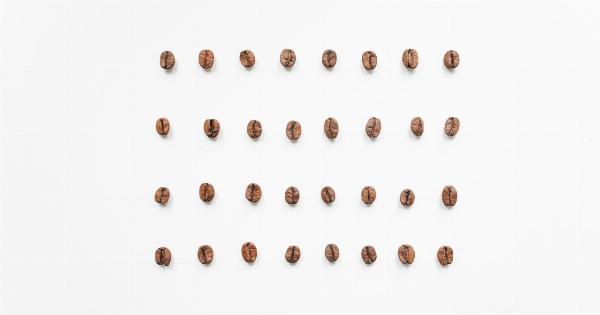The liver is responsible for many functions in the body, including filtering toxins from the blood, producing bile that helps with digestion, and storing excess glucose as glycogen.
When the liver is not functioning properly, it can lead to a range of health problems, including significant changes in the skin and nails of the legs.
Skin Discoloration
Jaundice is a common symptom of liver disease that results from the buildup of bilirubin in the blood. This yellow pigment can accumulate in various parts of the body, including the legs, causing the skin to take on a yellowish hue.
In some cases, the yellowness may be more noticeable in areas where the skin is thinner or where there is less fat, such as the palms of the hands, soles of the feet, or sclera of the eyes.
Itching and Rash
Another common symptom of liver disease is pruritus, or itching. The itch may be localized to the legs or may be more widespread, affecting the entire body. Some people may also develop a rash, hives, or excessive dryness and flakiness of the skin.
These symptoms can be caused by the buildup of certain chemicals in the blood, as well as changes in the composition of bile.
Spider Angiomas
Spider angiomas, also known as spider veins, are a type of skin lesion that are commonly associated with liver disease. These red or purple spots typically occur on the legs, as well as on the face and torso.
They are caused by the dilation of small blood vessels near the surface of the skin, and are thought to be a result of hormonal imbalances caused by liver dysfunction.
Palmar Erythema
Palmar erythema is a reddening of the palms of the hands that can be a sign of liver disease. This condition is caused by the dilation of blood vessels near the skin’s surface and is thought to be related to hormonal changes in the body.
Although it is most commonly seen on the palms, it can also occur on the soles of the feet and on other parts of the body.
Clubbing
Clubbing is a condition that affects the nails, causing them to take on a rounded, bulbous shape. This can be a sign of liver disease, as well as of other conditions such as lung or heart disease.
Clubbing is typically accompanied by changes in the nail bed, such as flakiness, thickening, or yellowing, and can be a warning sign of more serious health problems.
Edema
Edema is the buildup of fluid in the tissues, and can be a symptom of liver disease. In some cases, the fluid may accumulate in the legs, causing them to appear swollen or puffy.
This can be caused by a number of factors, including changes in the liver’s ability to filter toxins from the blood, as well as changes in the composition of fluids in the body.
Easy Bruising
People with liver disease may be more prone to bruising and bleeding, due to changes in the blood’s ability to clot. This can result in the appearance of purple or blue marks on the skin of the legs or other parts of the body.
In some cases, this can be a warning sign of more serious health problems, such as liver failure or internal bleeding.
Excessive Sweating
Excessive sweating, especially at night, can be a sign of liver disease. This symptom is thought to be related to hormonal imbalances caused by liver dysfunction. In some cases, it can be accompanied by other symptoms such as fever, chills, and fatigue.
Decreased Muscle Mass
People with liver disease may experience a loss of muscle mass, particularly in the legs and other large muscle groups.
This can be caused by a range of factors, including changes in the body’s ability to metabolize protein, changes in hormonal levels, and changes in the body’s ability to store and use glycogen.
Changes in Gait or Balance
People with liver disease may experience changes in their gait or balance, which can make it difficult to walk or stand.
This can be caused by a range of factors, including changes in muscle mass and strength, changes in joint function, and changes in nervous system function.





























